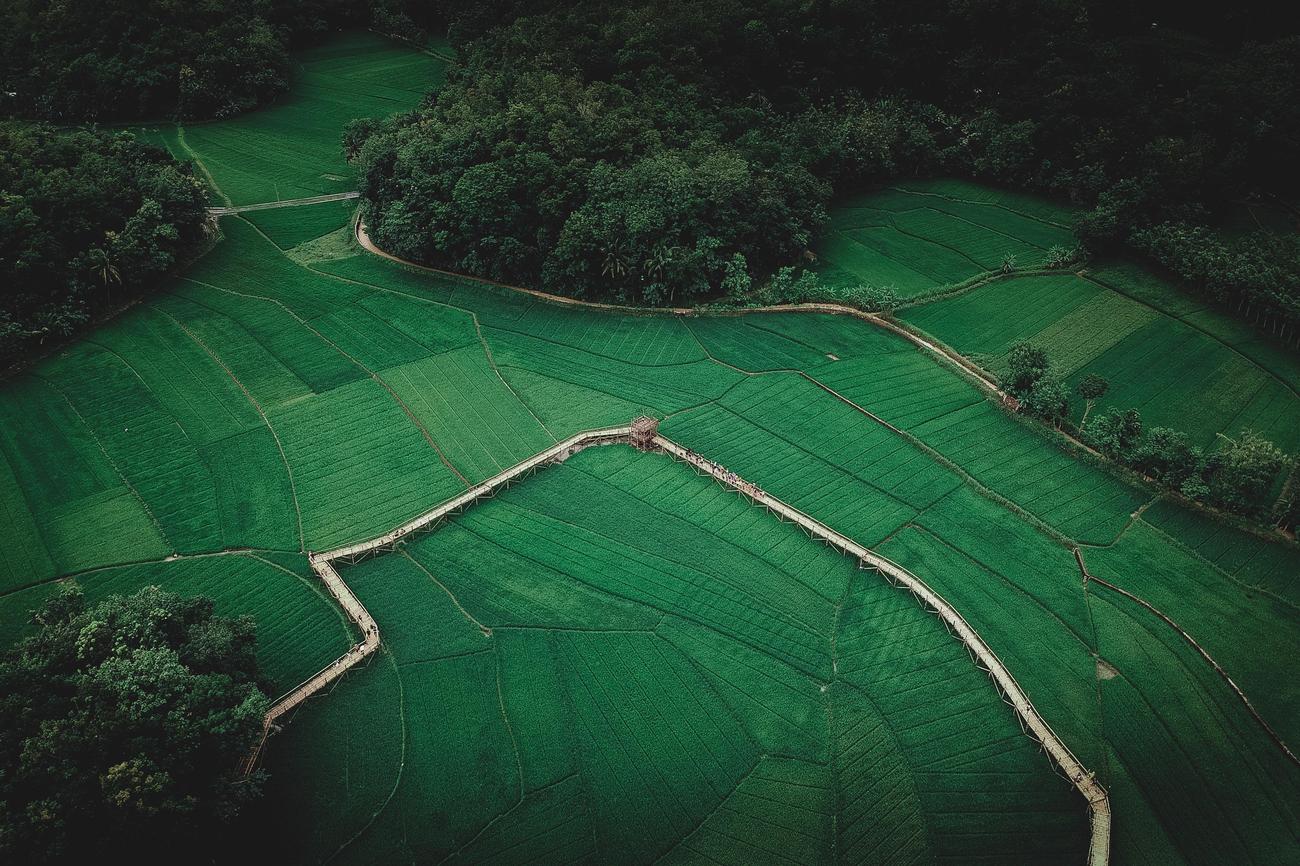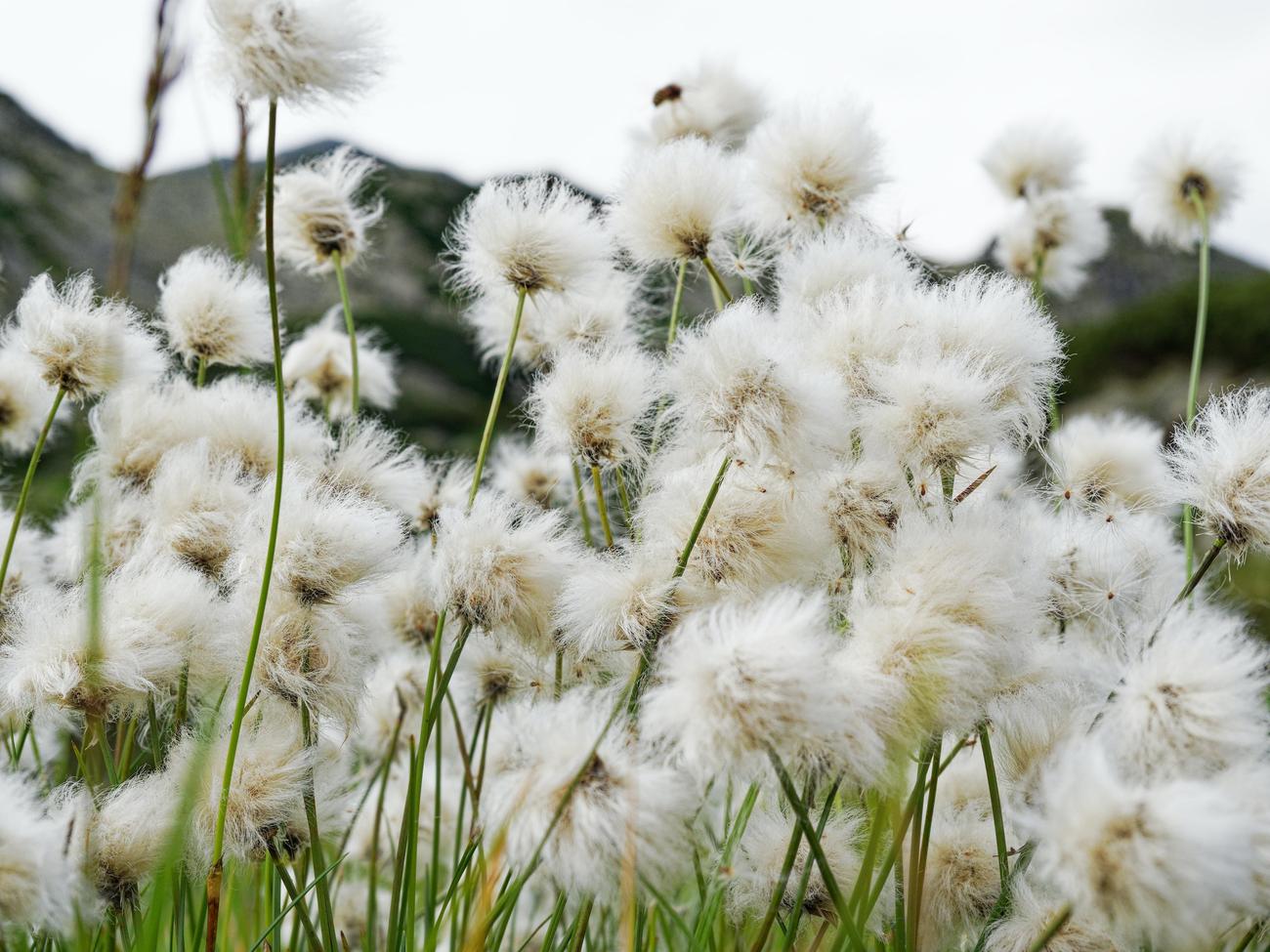Welcome to an enlightening journey through the fascinating world of cotton! In this article, we are delving into the realm of intriguing cotton facts that will surely captivate your curiosity. As a highly proficient SEO writer and content creator, I am excited to present you with a collection of amazing insights about this versatile and widely used plant. So, get ready to uncover the mysteries behind this humble fiber as we embark on an exploration of the wonders and historical significance of cotton.

Interesting Cotton Facts
Cotton, one of the most popular and versatile natural fibers in the world, has a fascinating history and numerous intriguing characteristics. From its strength when wet to its significance in banknote production, let’s dive into some captivating and little-known facts about cotton.
1. Cotton becomes stronger when wet: Unlike other cellulosic fibers, cotton actually gains strength when it comes into contact with moisture. This unique property makes cotton an ideal material for products that are frequently exposed to water, such as towels and swimwear.
As the saying goes, “When the going gets wet, cotton gets stronger.” Yes, folks, this remarkable attribute sets cotton apart from its fiber counterparts.
2. Cotton has stood the test of time: With a history dating back over 7,000 years, cotton has been cultivated and utilized by civilizations across the globe. From ancient Egypt to India, the enduring popularity of cotton speaks to its remarkable qualities and adaptability.
Picture this: through centuries of human progress, transformations, and civilizations rising and falling, cotton has remained a constant thread, woven into the fabric of our existence.
3. The incredible diversity of cotton: Did you know that there are 50 different natural species of cotton? Each species possesses its own unique characteristics and qualities, ranging from the length and texture of the fibers to the plants’ tolerance for specific climates. This astounding variety enables cotton to flourish in diverse environments worldwide.
With a staggering 50 natural species, cotton graciously reminds us that diversity isn’t just limited to human cultures. Mother Nature has her very own cotton fashion show, showcasing an array of botanical styles.
4. Cotton plants bear fruit: While we often associate cotton with the fluffy white fibers that make up its bolls, cotton plants also produce fruit. These capsules contain seeds surrounded by a fibrous material, which we know and love as cotton.
Imagine strolling through a cotton field, marveling at the vibrant fruit hanging from its branches. Cotton is not just a simple fiber; it’s a fruitful creation of nature.
5. Banknotes and cotton go hand in hand: Have you ever wondered what banknotes are made of? Well, most of them are crafted from cotton! The unique properties of cotton fibers make them durable and resistant to wear and tear, ensuring our money lasts longer.
The next time you hold a banknote, take a moment to appreciate that it’s not just a piece of paper. It’s a testament to the enduring strength and trust we place in cotton as a material.
6. Cotton made history on the moon: When astronauts embarked on their historic mission to the moon, one of the first plants to grow there was cotton. In an enclosed environment, cotton thrived, reminding us of the remarkable adaptability of this extraordinary plant.
Cotton’s lunar debut was not only a giant leap for plants but a shining example of resilience and hope. As humans reached for the stars, cotton reached for new horizons.
7. Purest form of cellulose: Cellulose, a common component of plant cell walls, is the building block of natural fibers. Among them all, cotton stands out as the purest form of cellulose, making it exceptionally suitable for textile production.
Let’s think of cellulose like the MVP of natural fibers, and cotton? Well, cotton is the undefeated champion, showcasing the purest and most refined form of cellulose.
8. Cotton production spans the globe: Cotton isn’t exclusive to a specific region; it’s grown in a whopping 75 countries! From the United States and India to China and Brazil, cotton cultivation and production provide livelihoods for millions of people around the world.
From fields stretching across vast landscapes to hands picking cotton bolls, the global cotton community weaves a tapestry of interconnected lives, fostering growth, prosperity, and unity.
9. The epitome of natural fabric: When it comes to natural fabrics, cotton reigns supreme. It is completely sourced from nature, cultivated from cotton plants without any synthetic additives or enhancements.
In a world where synthetic materials dominate, cotton is a breath of fresh air. It possesses an inherent authenticity that speaks to the harmony between nature and the human touch.
10. A cornerstone of clothing manufacturing: Cotton forms the foundation of the fashion industry, accounting for almost 40 percent of clothing manufacturing worldwide. Its versatility, breathability, and unrivaled comfort make it a go-to choice for fabric in the fashion domain.
When you slip into your favorite cotton outfit, you become a part of a global movement that celebrates both style and sustainability. Cotton clothing wraps you in a cocoon of comfort, allowing you to tread the runway of life with confidence.
11. Ancient seeds unearthed in Peru: In an extraordinary archaeological discovery, seeds dating back to 450 BC were unearthed in Peru. These ancient cotton seeds serve as a testament to the enduring legacy and importance of cotton throughout history.
Seeds are nature’s time capsules, storing wisdom and stories, waiting for the world to rediscover their secrets. These ancient cotton seeds whisper tales of civilizations gone by, reminding us of cotton’s timeless allure.
12. A powerhouse of employment: The cotton industry serves as a massive employer, supporting the livelihoods of over 100 million individuals worldwide. From farmers and pickers to textile workers, cotton production fuels economies and empowers communities.
Cotton is not just a plant; it’s an economic backbone, an ambassador of hope, and a catalyst for change. It is the invisible thread that connects millions, offering a pathway towards prosperity and progress.
As we conclude this journey into the fascinating world of cotton, let us continue to embrace and learn from this incredible natural fiber. Cotton’s strength, diversity, and rich history make it an integral part of our lives, adding comfort, style, and sustainability to our everyday experiences.
So, the next time you spot cotton clothing, hold a banknote, or admire a cotton field, remember the captivating cotton facts we’ve unveiled today. Cotton’s story, like its fibers, intertwines with our own, creating a tapestry of knowledge and appreciation for this extraordinary plant.
Eastern cottontail rabbits are fascinating creatures with a wide array of fun facts that will leave you captivated. Did you know that these adorable mammals are known for their incredible speed and agility? If you’re curious to learn more about these remarkable creatures, click here for some amazing fun facts about eastern cottontail rabbits: fun facts about eastern cottontail rabbits. Prepare to be amazed by their unique behaviors and impressive survival skills. Go ahead, indulge in the world of eastern cottontail rabbits and uncover the incredible secrets they hold.

FAQ
Question 1: Is cotton stronger when wet compared to other cellulosic fibers?
Answer 1: Yes, unlike other cellulosic fibers, cotton actually becomes stronger when wet.
Question 2: How long has cotton been used?
Answer 2: Cotton has been used for over 7,000 years.
Question 3: How many natural species of cotton are there?
Answer 3: There are 50 different natural species of cotton.
Question 4: Do cotton plants produce fruit?
Answer 4: Yes, cotton plants produce fruit.
Question 5: What is cotton commonly used for?
Answer 5: Cotton is commonly used in the production of banknotes, as well as clothing manufacturing, where it accounts for almost 40 percent of the total production.
- Unlock Water’s Symbolism: A Cross-Cultural Exploration - April 20, 2025
- Identify Black and White Snakes: Venomous or Harmless? - April 20, 2025
- Unlocking Potential: Origins High School’s NYC Story - April 20, 2025















